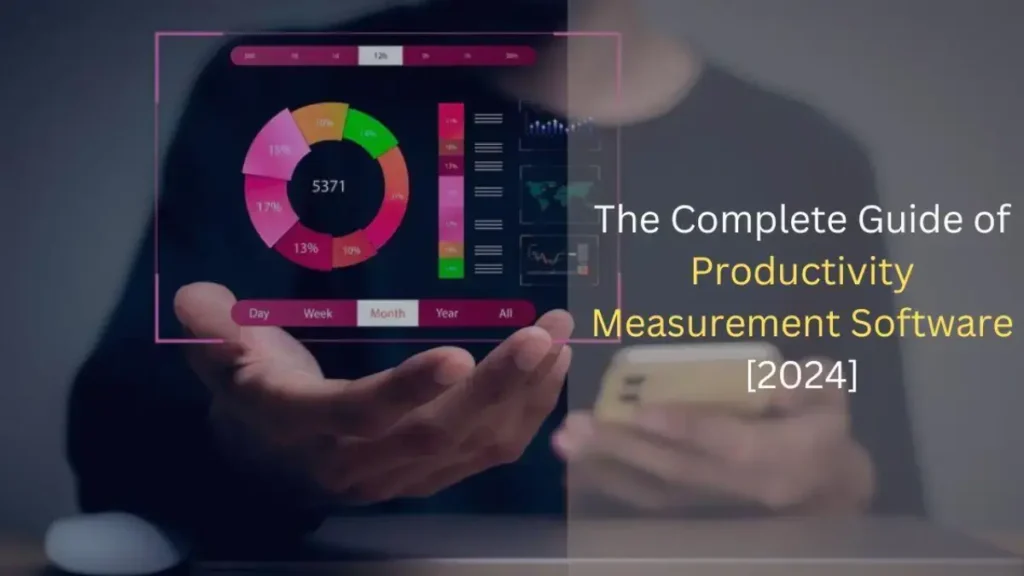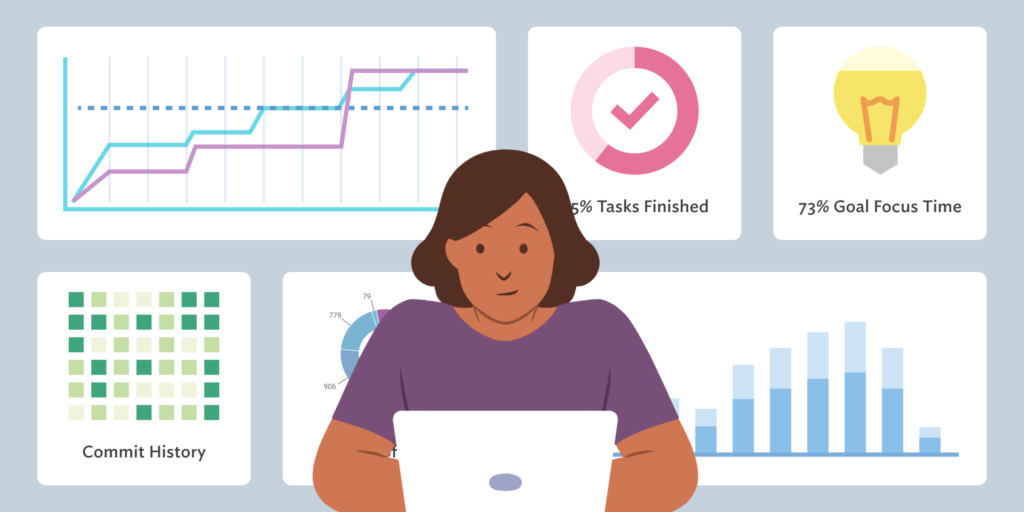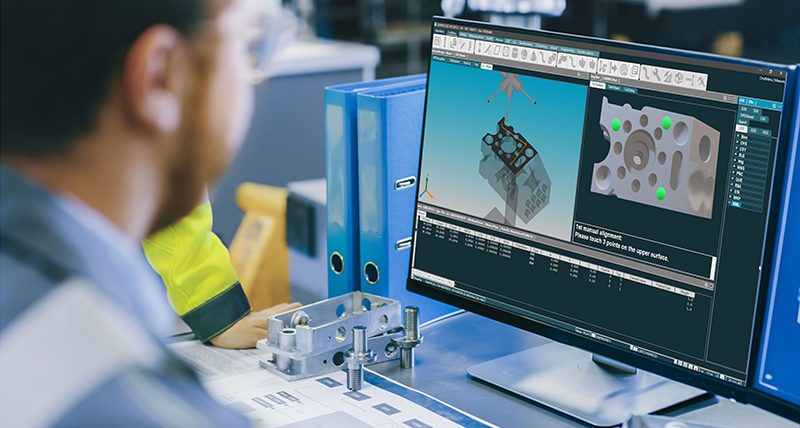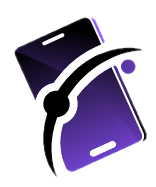Productivity Measurement Software [2024]

Productivity Measurement Software? In today’s fast-paced digital era, where every moment counts, both businesses and individuals are actively seeking ways to enhance productivity. At the forefront of this quest lies productivity measurement software—a critical tool in maximizing efficiency. This Productivity Measurement Software guide navigates you through the evolving landscape of productivity measurement software, providing insights into the latest advancements and empowering you to make informed decisions that drive efficiency enhancements.

Section 1: About Productivity Measurement Software
This segment delves into the essential concepts underpinning productivity measurement software. By elucidating key metrics and delineating the criteria for effective productivity measurement, readers will gain a robust understanding of the pivotal role these tools play in today’s evolving workspace landscape.
Section 2: Features and Functionality
Spotlights the diverse array of features and functionalities offered by productivity measurement software. Encompassing aspects such as time tracking, task management, collaborative tools, and seamless integration with other software, we underscore how these features collectively enhance productivity and foster a more profitable workflow.
Section 3: Patterns Shaping the Industry
Explore the latest trends in productivity measurement software, ranging from the emergence of AI-driven analytics to the infusion of machine learning for predictive insights, and the integration of advanced reality to enhance user experience. Stay ahead of the curve by staying informed about the cutting-edge developments in this dynamic field.
Section 4: Case Studies and Success Stories
Illustrate the impact of productivity measurement software through real-world case studies and success stories. Showcase businesses or individuals who have significantly enhanced their efficiency using these tools. Emphasize the unique strategies and features that have propelled their success, offering tangible examples of how these tools drive transformative outcomes.
Section 5: Choosing the correct for Your Needs
Provide comprehensive guidance on selecting the optimal productivity measurement software tailored to individual or organizational requirements. Discuss factors such as customization options, user interface intuitiveness, compatibility with existing systems, and pricing models. Offer invaluable tips for making informed decisions when choosing the most suitable tool, empowering users to select a solution that aligns seamlessly with their specific needs and objectives.
Section 6: Implementation Strategies
After selecting the right software, delve into effective strategies for successful implementation. Explore optimal approaches for onboarding, planning, and ensuring widespread adoption among users. Tackle common challenges head-on and provide actionable solutions to maximize the benefits derived from productivity measurement software, facilitating a smooth transition and ensuring optimal utilization across the board.
Section 7: Overcoming Resistance and Building a Productivity Culture
Acknowledge the potential resistance that may arise when introducing productivity measurement software. Provide insights into overcoming these challenges, fostering a positive mindset towards these tools, and cultivating a culture centered around productivity within organizations. By addressing concerns proactively and emphasizing the transformative impact of these tools, organizations can navigate resistance effectively and cultivate a workforce that embraces productivity enhancement as a core value.
Section 8: Personalized Learning and Skill Development
The future trajectory of productivity measurement software is poised to prioritize empowering users to enhance their skills and knowledge. Delve into how these tools will integrate personalized learning modules, recommending training resources based on individual performance data. Highlight the integration of skill development tracking, enabling users to set goals, track progress, and continuously evolve in their professional capabilities.
Section 9: Prescient Workforce Analytics
Highlight the emerging landscape of predictive analytics within workforce management. Discuss how productivity measurement software will leverage predictive models to anticipate resource requirements, identify potential bottlenecks, and optimize team structures. Explore the potential impact on key decision-making and resource allocation driven by predictive insights, ushering in a new era of data-driven optimization in workforce management.
Section 10: Emotion Acknowledgment Technology
In the evolving landscape of productivity measurement software, we anticipate a significant advancement towards understanding and acknowledging emotional nuances. Delve into how these tools will analyze individual cognition and communication patterns, and delve into ways to gauge emotional states. Examine the implications of this advancement on team dynamics, collaboration, and overall user well-being, paving the way for more empathetic and supportive work environments.
Section 11: Quantum Computing and Progressed Processing
With the progression of innovation, productivity measurement software is poised to harness the power of quantum computing and advanced processing capabilities. Explore how this transition will enable faster data processing, execution of complex calculations, and handling of vast datasets, leading to more sophisticated analytics and real-time decision support. This advancement promises to revolutionize the way organizations leverage data, empowering them to make faster, more informed decisions and unlock new opportunities for growth and innovation.
Section 12: Accessibility and Inclusivity Features
In the future landscape of productivity tools, diversity in availability and inclusivity will take center stage. Examine how software creators will integrate features catering to diverse user needs, including enhanced accessibility for individuals with disabilities, multilingual interfaces, and specialized user experiences tailored to accommodate a wide spectrum of users. This inclusive approach ensures that productivity tools are accessible and usable by all, fostering an environment where every individual can thrive and contribute effectively.
Section 13: Agile Project Management Integration
Delve into the integration of sophisticated project management methodologies within productivity measurement software. Discuss how these tools will adapt to the dynamic nature of projects, offering features such as sprint planning, iterative development tracking, and collaboration enhancements to support agile workflows. By seamlessly incorporating agile principles into productivity tools, organizations can streamline project execution, foster collaboration, and adapt to changing requirements with agility and efficiency.
Section 14: Blockchain for Information Security and Trust
Explore the role of blockchain technology in enhancing data security and instilling trust within productivity measurement software. Investigate how blockchain can be utilized to ensure secure time tracking, validate data integrity, and create transparent audit trails, addressing concerns related to data manipulation and unauthorized access. By leveraging blockchain’s immutable ledger and cryptographic principles, productivity tools can offer enhanced data security measures, fostering trust among users and mitigating risks associated with data manipulation or unauthorized access.
Section 15: Administrative Compliance and Governance
Amidst a growing emphasis on data security and regulatory compliance, productivity measurement software in 2024 will integrate robust governance features. Examine how these tools will adhere to stringent data security controls, provide comprehensive audit trails, and offer features that enable organizations to meet compliance requirements without sacrificing efficiency. By prioritizing data security and regulatory adherence, productivity tools empower organizations to maintain trust, mitigate risks, and uphold compliance standards in an increasingly regulated business environment.
Future of Productivity Measurement Software In 2024
In the rapidly evolving realm of innovation, the future of productivity measurement software promises transformative advancements that will redefine how individuals and businesses manage their workflows. Delving into the anticipated developments of 2024 unveils the exciting possibilities that await, offering a glimpse into a future where productivity tools empower users to achieve new heights of efficiency and effectiveness.

AI-Powered Productivity Analytics
The integration of Artificial Intelligence into productivity measurement software is poised to revolutionize the analysis and utilization of information. In 2024, expect AI computing to deliver predictive insights, personalized productivity recommendations, and a deeper understanding of work patterns, offering users unprecedented levels of efficiency and insight into their workflows.
Increased Reality Integration
As we move forward, the future workspace is primed to incorporate Augmented Reality features within productivity tools. Envision visual task boards, dynamically generated project timelines, and collaborative environments that seamlessly bridge the gap between physical and digital workspaces, creating a more immersive and engaging user experience. This integration promises to revolutionize how teams collaborate and interact, fostering greater efficiency and creativity in the workplace.
Mobile-Centric Productivity Solutions
Amidst the surge of remote work and the increasing reliance on mobile devices, productivity measurement software in 2024 will place a premium on mobile-centric solutions. Expect feature-rich mobile apps that empower users to seamlessly manage tasks, collaborate effectively, and track productivity metrics while on the move. This mobile-first approach ensures that users can stay productive and connected regardless of their location, enhancing flexibility and efficiency in the modern work landscape.
Upgraded Collaboration Features
Collaboration will be at the forefront of the future of productivity software. In 2024, expect significant advancements in collaboration features that transcend traditional boundaries, fostering real-time communication, seamless information sharing, and project collaboration within a unified platform. This evolution promises to break down silos, enhance teamwork, and streamline workflows, enabling organizations to achieve greater synergy and productivity in their endeavors.

Information Security and Security Measures
As the landscape of information security evolves, productivity measurement software in 2024 will prioritize robust security measures. Explore advancements in encryption, secure cloud storage capabilities, and compliance features aimed at ensuring client data remains safeguarded in an era of growing cyber threats. These proactive security measures will provide users with peace of mind, allowing them to confidently utilize productivity tools without compromising the confidentiality or integrity of their sensitive information.
Personalized Client Experiences
Tailored and personalized user experiences will define the future of productivity tools. Anticipate software that adapts to individual work styles, preferences, and objectives, offering a customized and intuitive interface that enhances comfort and user satisfaction. This emphasis on personalization ensures that users can maximize their productivity and efficiency, while also fostering a more enjoyable and seamless work experience.
Integration with Developing Technologies
Explore the synergy between productivity measurement software and advancing technologies like Blockchain, Internet of Things (IoT), and 5G. Uncover how these integrations will facilitate seamless data exchange, enhanced connectivity, and overall improvements in efficiency and productivity. By harnessing the power of these innovations, productivity tools are poised to revolutionize how businesses operate, enabling smoother workflows, faster decision-making, and greater levels of productivity across the board.
As we wrap up, it’s evident that productivity measurement software holds immense value as we head into 2024. Empowering users to leverage these tools as valuable assets in their quest for increased productivity is crucial. By highlighting the potential long-term benefits of adopting a proactive approach to measuring productivity, we underscore the importance of integrating these solutions into everyday workflows.
In conclusion, readers are now equipped with the knowledge and insights needed to navigate the ever-evolving landscape of productivity measurement software. Armed with this understanding, they can make informed decisions that align with their unique requirements and objectives, driving greater efficiency, effectiveness, and success in their endeavors.





